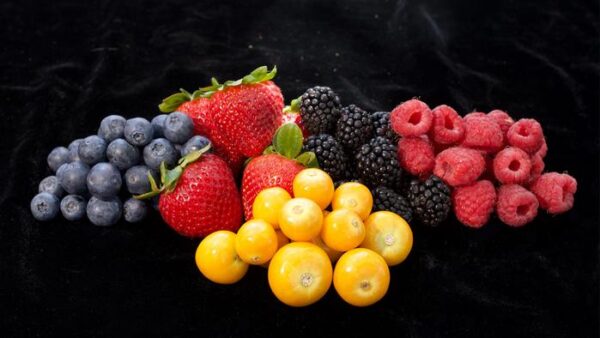We use a lot of outdated language! Sayings like “dial the phone” and “roll down the window” don’t make much sense in a world of smartphones and automatic windows.
The same is true for how we describe seed corn sizes. Calling seed corn “round” or “flat” just doesn’t make sense.
Seed companies size seed to ensure consistent spacing and a uniform stand. Most companies size seed into four sizes, although some make five or six. The results of accurate sizing, paired with more advanced planters, mean that farmers are getting more uniform and even stands than ever. In fact, for the 2021 growing season the average singulation score on seed corn we produced, sized and packaged was 99.6%! That’s an incredible number across the entirety of the diverse germplasm we produce.
So, why is calling seed corn round and flat misleading?
The step to separate seed corn into the round and flat sizes involves using a slotted screen. This slot is usually 13/64th of an inch wide. Some companies use a slot that is 12/64th or 12.5/64th of an inch. No matter which screen width used, seed corn is called “round” when it stays on top of the slotted screen and called “flat” when it passes through the screen. Therefore, it’s the width of the kernel that determines it categorization, not its shape.
This language can cause problems with farmers.
A bag of seed corn can be a $300+ investment, so farmers scrutinize it like never before. When some open a bag and see a kernel that looks a little rounded in a bag labeled flats, they get concerned. It’s not surprising. In fact, it’s quite common for some kernels in a bag labeled flat to look a little rounded, especially in the smaller grade sizes. The opposite is true for larger sizes. Some wider kernels that look flat in shape, are wide enough to stay on top of a 13/64th screen, so they get labeled as a round.
This is why the industry should move from “rounds” and “flats” to “wides” and “narrows”. These are exact descriptions of the results of seed conditioning. If a kernel is too wide to pass through a 13/64th slotted screen, it should be called a “wide”. If it is narrow enough to pass through, it should be called a “narrow”.
Describing seed corn as wide or narrow would better line up the language of seed corn sizes with the way those sizes are achieved and eliminates the potential farmer confusion of yesterday’s shaped-based terminology.






